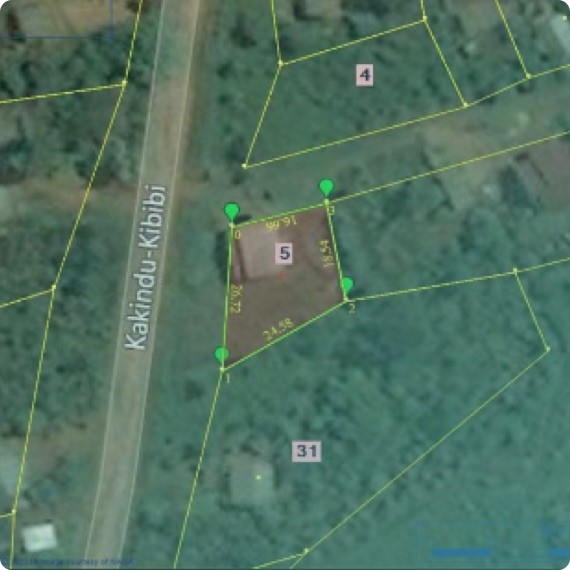Systematic Land Inventorization: Comparison Of Systems
The inventory system for land is a hierarchical system that consists of seven levels. The first three levels contain data related to the climate and geology of land, divided into provinces, sections, and sub-sections.
The bottom four levels involve data concerning land type as well as its association, phase, and site. Within these categories exist various classes defined by details about landforms, soils, and climax plant types.
Every level in systematic land inventorization offers information related to land resources that is suitable for particular planning requirements. Further subdivisions can be made in the abovementioned classes so that more exact information can be gained at a lower level of
The classes in each level can be subdivided to provide more specific data at one or more of the lower levels. The data can also be consolidated for generalized information at a larger level.
Discussing the Various Kinds of Systematic Land Inventorization
Land system inventory is often compared with other forms of systematic land inventorization, where their intensity may not inherently be consistent horizontally across the different levels. Let’s take a look at these various types below:
1. Habitat Type of Land Inventories
This type of categorization incorporates the more substantial environmental aspects that affect one or more climax plant communities. It varies in terms of vegetative categorization, such as geological and soil characteristics.
Furthermore, the categories included in the inventory may or may not be related to habitat types. Such properties are directly segregated in the habitat system.
2. Inventory through the National Cooperative Soil Survey System
It involves the use of certain taxonomic units, specifically those that are outlined by the Soil Taxonomy on the basis of soil characteristics that are discernible or quantifiable.
One of the categories, known as Soil Phase, is premised upon soil properties fundamental to land administration without being expressed within the taxonomy.
3. Soil Resource Based Inventory
This type of inventory is designed for levels 3 or 4, which is why the data gathered at the land type mapping tier resembles that gathered in a Soil Resource Inventory. This log is created to offer data related to fundamental landform, bedrock, and soil that is submitted to management for rendition. Technologies such as survey equipment and at least one global navigation satellite system may be utilized to gather information in the process.
Typically known as a planning grade inventory, it enables the sufficient depth of bedrock, landform, and soil data gathering, which proves useful in the progress of fundamental resource management schedules.
On the other hand, the exploratory nature of the survey doesn’t offer adequate information to apply in undertakings that are high-intensity or spanning across a smaller region. Such properties are represented according to three layers - subsoil, surface, and litter. Ultimately, the Soil Resource Inventory is created to inventory big regions of land in a comparatively shorter length of time.
4 . Inventory Using Geologic Categorization
Landform inventories focus on lithology and depositional structure since they are based on the land. These aspects are substantial to management and features in land type inventories in the form of supportive traits connected to landform.
Nevertheless, a land type inventory is wider in range and involves land survey measurement equipment and vegetative features as well as soils under the fundamental inventory plan. Geologic specifics that do not substantially influence management are left out.
Summarization
Land type inventories have proven a perfect method for systematic land inventorization in steep, forested, hilly terrain. They come with abundant land data without significant investment. Such type of data gathered and its dependency is sufficient for a majority of management decisions at the resource disbursement tier.
Comprehensive regions of forest lands in a country are likely to have already been inventoried at the land type level using one or more of the inventory forms mentioned above.





Comments
Post a Comment